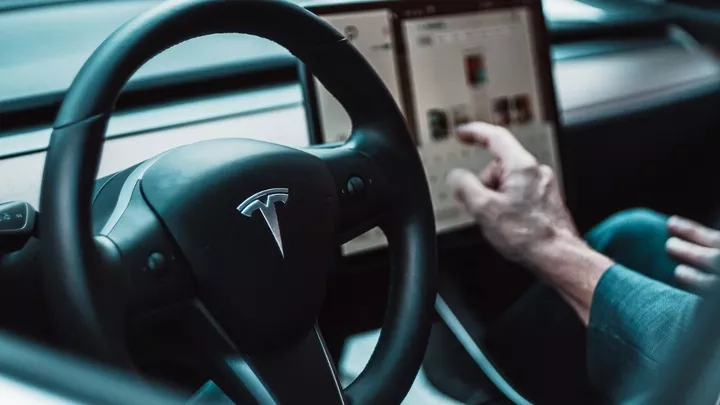
Driving down the road normally, but the car that has the System Drive system suddenly activates the brakes for no reason. These dangerous scenarios are the 'scary moments' that many Tesla owners have experienced firsthand. Some people call this phenomenon 'ghost braking' and others call it 'phantom braking'.
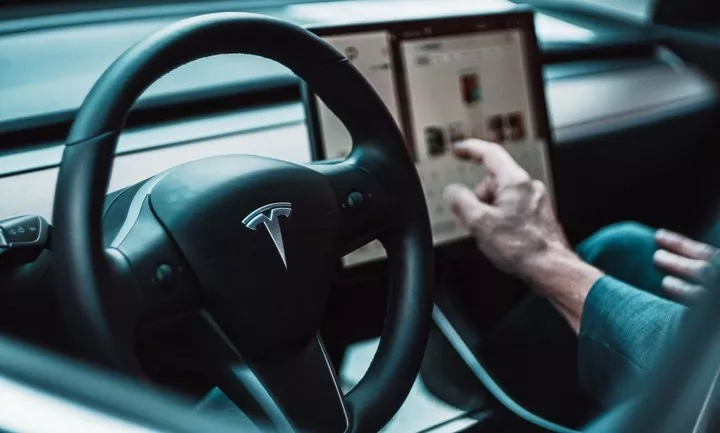
▲ Image from: Unsplash
Regardless of the name, this anomaly has started to worry many Tesla owners. However, in May of this year, the National Highway Traffic Safety Administration (NHTSA) said it had received 758 complaints about Tesla's 'ghost brakes'.
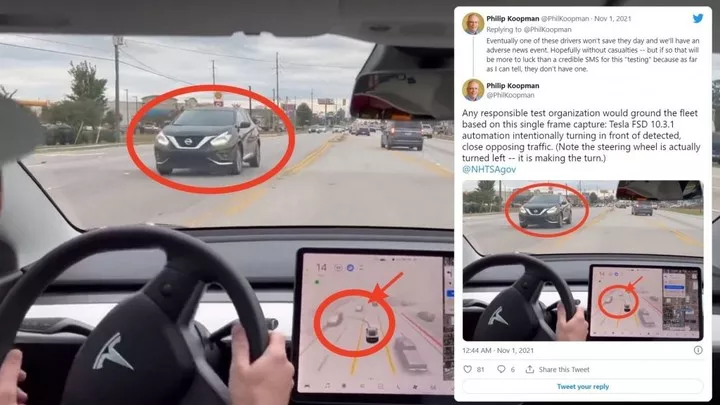
▲Image from: AutoEvolution
As a result, NHTSA sent a 14-page letter to Tesla for a "Request for Information" regarding these incidents. The request included all consumer and field reports regarding faulty braking, as well as reports of collisions, injury, death, and property damage claims. And whether Tesla's fully automated driving system and automatic emergency braking system were active at the time of these crashes.
In addition, in its letter, NHTSA asked Tesla to provide the initial speed, final speed, and average deceleration when the car began braking. It also asks if the automated system detected a target obstacle and if Tesla has video of the braking event in question.
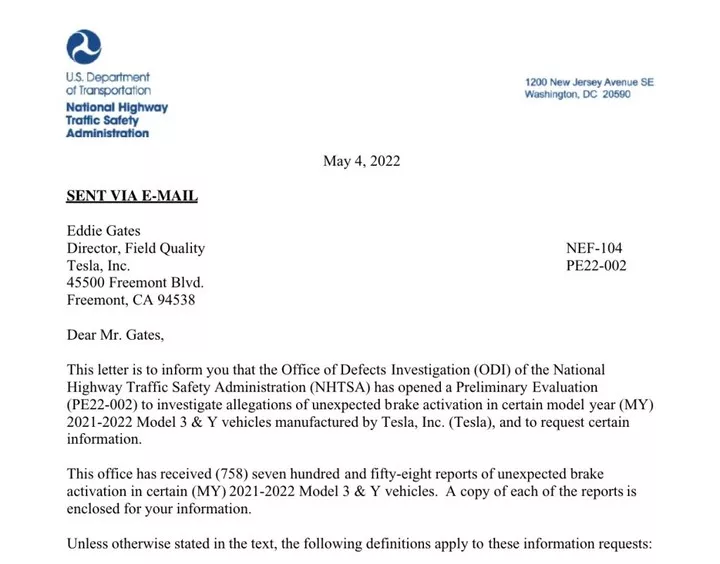
▲Image from: NHTSA
NHTSA conducted the 'Request for Information' with a focus on Tesla's testing of automated systems when detecting metal bridges, S-curves, oncoming and cross traffic, and vehicles of different sizes, including large trucks. It also wants information on how the cameras handle reflections, shadows, glare and occlusions caused by snow or heavy rain ......
In fact, in February of this year, the NHTSA said it had received hundreds of complaints from Tesla owners about vehicles braking for no apparent reason. NHTSA then began an investigation of 416,000 Tesla vehicles, covering all Tesla Model 3 and Model Y vehicles introduced in 2021 and 2022.
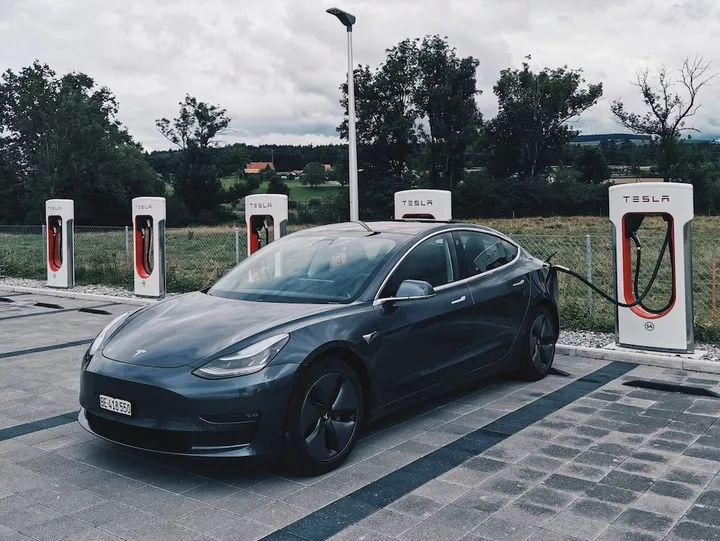
▲ Image from: NotebookCheck
With Driver Assist, the vehicle may brake sharply due to misjudgment of road conditions, which not only disrupts the driving experience but also has a serious impact on other vehicles on the road and can easily cause rear-end accidents, posing a threat to driving safety.
Such an unsafe situation may be related to some of the changes Tesla made in 2021. At the time, Musk said he wanted a camera-only driver assistance system, so he removed the radar sensors used in the Autopilot system on the new Model 3 and Model Y.
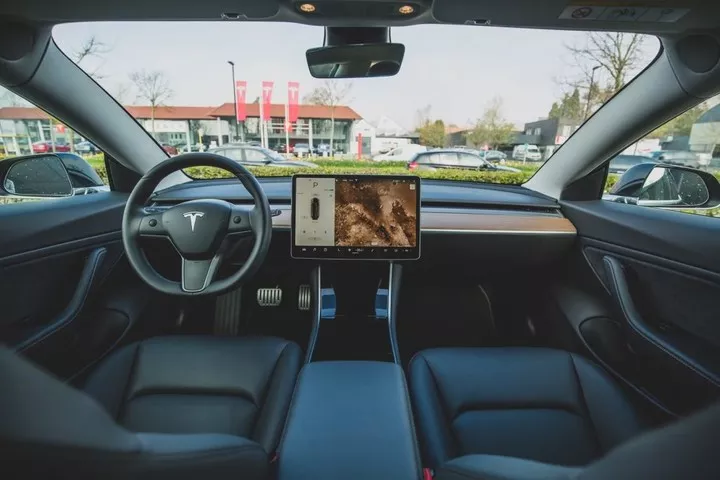
▲ Image from: Unsplash
The NHTSA requires Tesla to respond to 'requests for information' by June 20, but the company can ask for an extension and could face hundreds of millions of dollars in fines if it doesn't respond in a timely manner within the allotted time.
It's not just the 'ghost brakes', Tesla has had recalls over the last two years for heat failure, screen touch issues, FSD software, etc. There are millions of roads, safety first. Hopefully Tesla will have an investigation that satisfies owners so that people in Tesla cars don't have to be on the edge of their seats on the road with these issues.